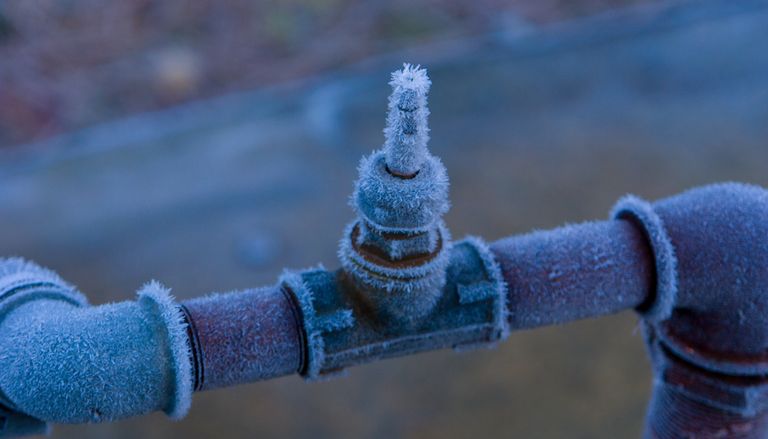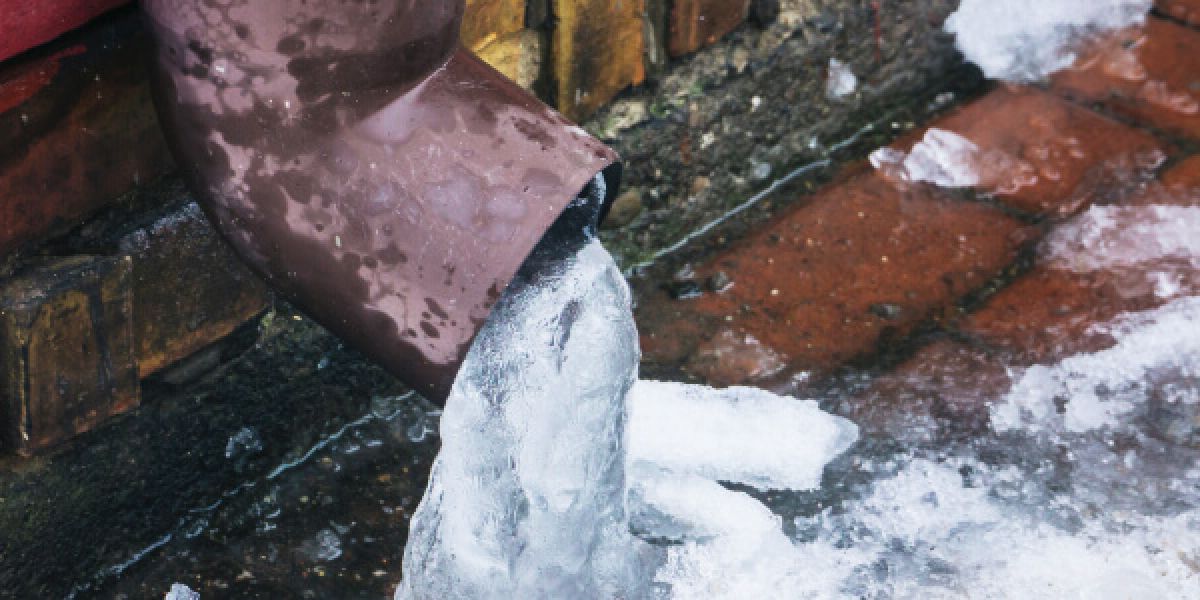Protecting Against Frozen Pipes in Winter: Essential Advice
Protecting Against Frozen Pipes in Winter: Essential Advice
Blog Article
Have you been hunting for help and advice concerning Preventing and dealing with frozen pipes?

Winter can damage your plumbing, especially by freezing pipes. Here's how to stop it from occurring and what to do if it does.
Introduction
As temperatures decline, the danger of frozen pipes rises, potentially resulting in costly fixings and water damages. Recognizing exactly how to prevent icy pipelines is crucial for house owners in cold climates.
Avoidance Tips
Insulating susceptible pipelines
Wrap pipelines in insulation sleeves or make use of heat tape to safeguard them from freezing temperature levels. Concentrate on pipelines in unheated or exterior areas of the home.
Heating methods
Maintain interior spaces appropriately warmed, especially locations with plumbing. Open up cabinet doors to allow warm air to circulate around pipes under sinks.
Just how to recognize icy pipelines
Seek decreased water circulation from faucets, uncommon odors or noises from pipes, and visible frost on subjected pipes.
Long-Term Solutions
Structural modifications
Think about rerouting pipes far from outside wall surfaces or unheated areas. Add added insulation to attic rooms, cellars, and crawl spaces.
Upgrading insulation
Invest in top quality insulation for pipes, attic rooms, and wall surfaces. Proper insulation aids keep constant temperatures and reduces the threat of frozen pipelines.
Securing Outdoor Pipes
Garden tubes and outside taps
Detach and drain yard hose pipes prior to wintertime. Mount frost-proof spigots or cover exterior faucets with protected caps.
Recognizing Frozen Pipelines
What creates pipelines to freeze?
Pipes freeze when subjected to temperature levels listed below 32 ° F (0 ° C) for expanded periods. As water inside the pipes freezes, it expands, putting pressure on the pipeline wall surfaces and possibly creating them to break.
Threats and problems
Icy pipes can bring about water supply interruptions, home damages, and costly repair work. Burst pipelines can flood homes and trigger considerable architectural damages.
Indicators of Frozen Water Lines
Determining frozen pipes early can stop them from breaking.
What to Do If Your Pipes Freeze
Immediate actions to take
If you believe icy pipes, maintain faucets open to relieve stress as the ice melts. Make use of a hairdryer or towels soaked in warm water to thaw pipes gradually.
Final thought
Preventing frozen pipelines needs aggressive procedures and quick actions. By understanding the causes, indicators, and preventive measures, house owners can protect their plumbing throughout winter.
6 Proven Ways to Prevent Frozen Pipes and Protect Your Home
Disconnect and Drain Garden Hoses
Before winter arrives, start by disconnecting your garden hoses and draining any remaining water. Close the shut-off valves that supply outdoor hose bibs and leave the outdoor faucet open to allow any residual water to drain. For extra protection, consider using faucet covers throughout the colder months. It’s also important to drain water from any sprinkler supply lines following the manufacturer’s directions.
Insulate Exposed Pipes
Insulating your pipes is an effective way to prevent freezing. Pipe insulation is readily available at home improvement stores and is relatively inexpensive. Pay close attention to pipes in unheated areas such as the attic, basement, crawl spaces, or garage. Apply foam insulation generously to create a buffer against the cold. You can also wrap your pipes in heat tape or thermostat-controlled heat cables for added warmth.
Seal Air Leaks
Inspect your home for any cracks or openings that could let in cold air. Seal any holes around the piping in interior or exterior walls, as well as the sill plates where your home rests on its foundation. Additionally, make sure to keep your garage door closed unless you’re entering or exiting. Leaving it open creates a significant air leak that can lead to frozen pipes.
Allow Warm Air Circulation
During cold snaps, it’s essential to allow warm air to circulate evenly throughout your home. Leave interior doors ajar to promote better airflow. Open kitchen and bathroom cabinets to help distribute heat consistently around the rooms. If you have small children or pets, be sure to remove any household chemicals or potentially harmful cleaners from open cabinets for safety.
Let Faucets Drip
A small trickle of water can make a big difference in preventing ice formation inside your pipes. When temperatures drop significantly, start a drip of water from all faucets served by exposed pipes. This continuous flow helps prevent the water from freezing. Additionally, running a few faucets slightly can relieve pressure inside the pipes, reducing the chances of a rupture if the water inside does freeze.
https://choateshvac.com/6-proven-ways-to-prevent-frozen-pipes-and-protect-your-home/

Do you really like reading up on 6 Ways to Prevent Frozen Pipes? Try to leave feedback directly below. We would be pleased to see your opinion about this article. In hopes that you come back again before long. If you appreciated our blog posting please be sure to pass it around. Many thanks for being here. Return soon.
Try Here Report this page